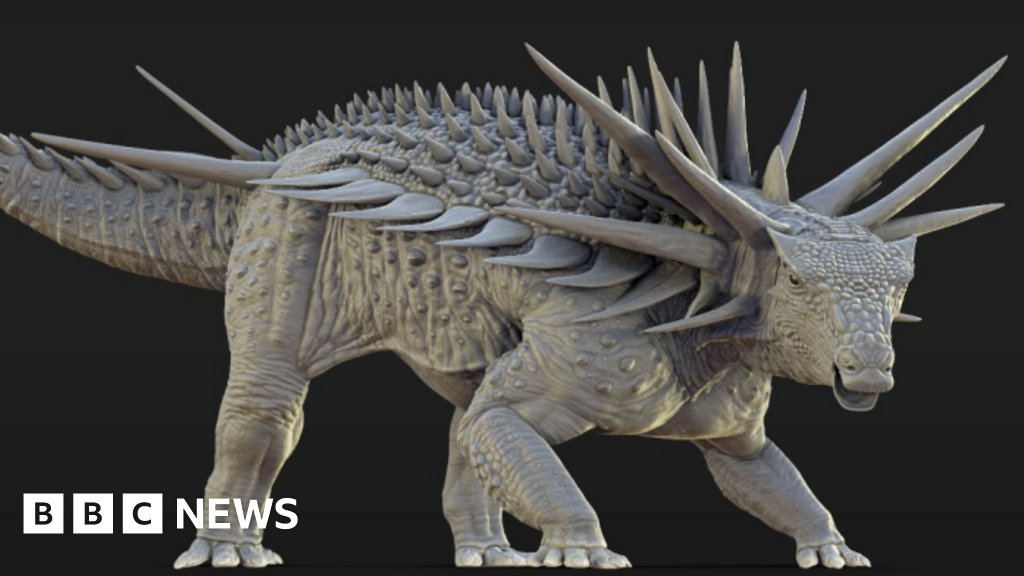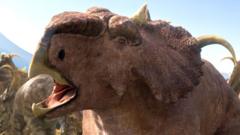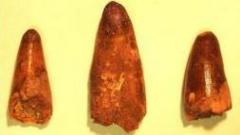A remarkable find in a Mongolian museum has led scientists to discover a new dinosaur species that potentially redefines the evolutionary history of tyrannosaurs, including the famous T.rex. Named Khankhuuluu mongoliensis, meaning "Dragon Prince of Mongolia," this species is now considered the closest known ancestor of all tyrannosaurs, as detailed in a recent study published in Nature.
Paleontologist Prof. Darla Zelenitsky explained that the term "Prince" is a nod to the dinosaur being an earlier, smaller member of the carnivorous tyrannosauroid family, which includes larger predators. Notably, Khankhuuluu weighed around 750 kg, while a full-grown T.rex could weigh up to eight times more. This discovery highlights the evolutionary leap from smaller hunters to the massive T.rex, showcasing a clear transition in size and predatory capabilities.
Researchers found that the newly identified species possesses key features related to skull anatomy and jaw strength, which were vital to the later success of tyrannosaurs as leading predators. For instance, the structure of Khankhuuluu's nasal bone suggests adaptations for powerful bite forces, essential for hunting larger prey, including other dinosaurs.
The two partial skeletons originally unearthed in Mongolia during the 1970s were thought to belong to a separate species, Alectrosaurus, until PhD student Jared Voris identified distinctive features setting them apart. The migration patterns of these dinosaurs also played a role in shaping different tyrannosaur groups, as they moved between North America and Asia using ancient land bridges.
Overall, this discovery illustrates that before becoming dominant predators, tyrannosaurs were once significant, albeit smaller, players in the dinosaur world. As Prof. Zelenitsky aptly puts it, "before tyrannosaurs became the kings, they were princes."














